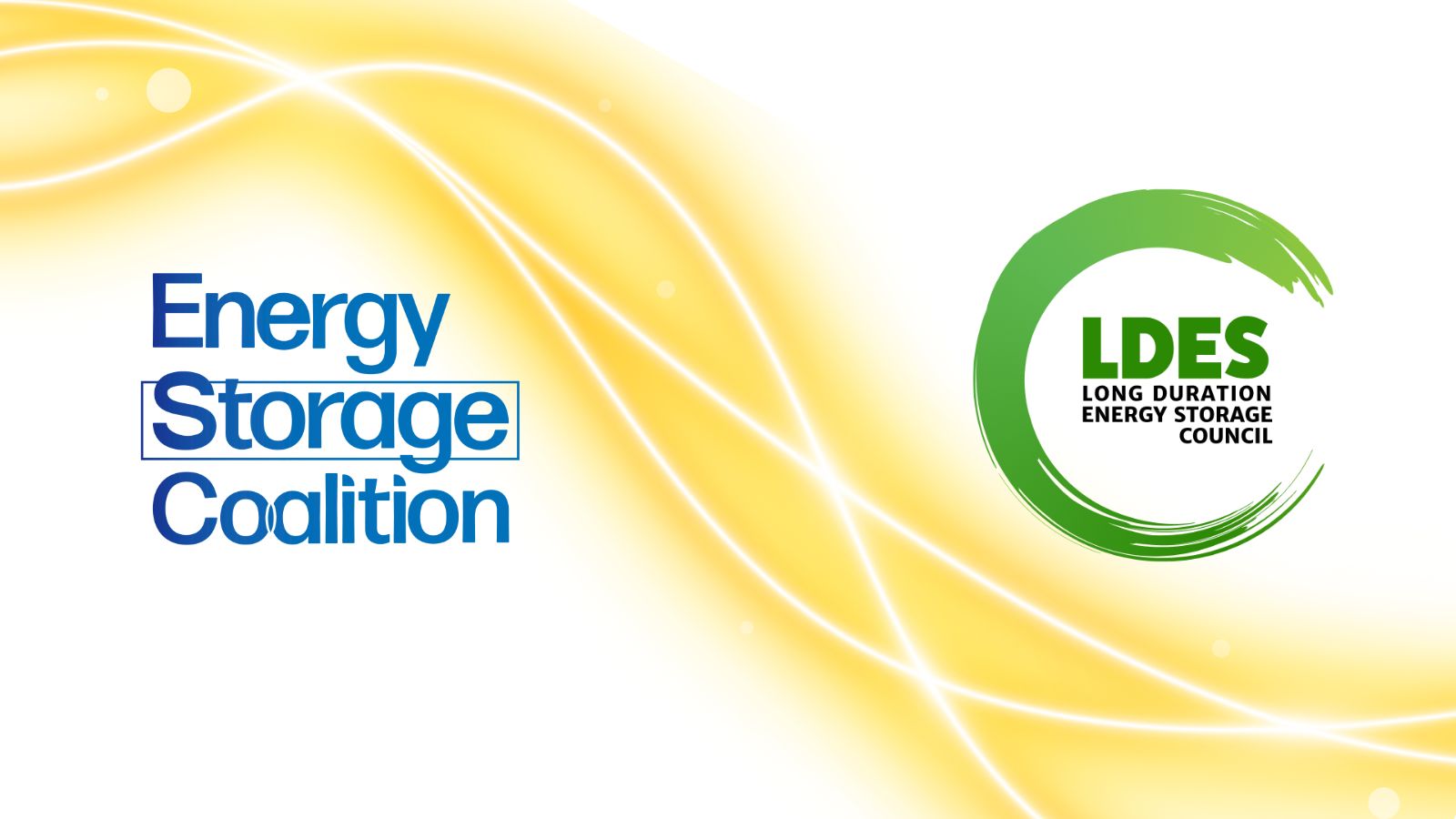A post card from… The Netherlands
 6
Feb
2025
6
Feb
2025
As Europe accelerates its energy transition, energy storage is emerging as a critical piece of the puzzle. These interviews explore energy storage business cases across the EU, demonstrating that these projects are viable, profitable and essential to achieving Europe’s energy security and climate goals. These success stories highlight the importance of an EU-wide Action Plan on Energy Storage. to create a supportive framework to allow energy storage to thrive and scale.
This interview with Mr Martin Schichtel, CEO of Kraftblock GmbH takes us to The Netherlands.
Hi Martin, thank you for accepting this interview. Could you give our readers an overview of your energy storage project in the PepsiCo snack factory?
Kraftblock is building a high-temperature thermal energy storage system to replace fossil gas in a PepsiCo snack factory. The frying process will be powered by green heat from sustainable storage. Dutch energy supplier Eneco will own and operate the system, buying electricity when it is cheap. Converted into heat at 800°C, it can be stored for later use. Two modules in the first phase and five modules in the second phase of the project will provide a 24-hour supply.
Why is your project outstanding?
This project marks a lighthouse development in the industry as it is the world’s biggest commercial high-temperature storage under construction. To economically replace natural gas in the industry is the key point of the industrial energy transition and this project shows how it can be done. By shifting large quantities of energy with minimal losses, the cheap hours of electricity markets are becoming the new OPEX for the process. At the same time, the industry can continue to produce as usual and does not need to change its infrastructure or process equipment. The overall round-trip efficiency of over 95% marks a great chance for middle- and high-temperature applications.
What are the main regulatory challenges you’ve faced in your current market, and how have you addressed them?
While we had no direct involvement in the regulatory challenges, we witnessed a few things and know the framework conditions. Building approval takes a long time and drags out projects. Relevant infrastructure and sustainable projects need relief in Europe. The same goes for grid access. There needs to be a greater workforce planning and building the grid, interconnectors and access points as well as transformers for the industries, this should be a key initiative. The EU should also finance it to bring down grid fees which are a heavy challenge to make electrification business cases work.
Looking at the bright side, instead, what from a regulatory point of view do you think helped the project (if any)?
There are certain aspects that helped the project get off the ground. One is the market itself: renewable energy lowers the cost of electricity and in certain periods it is cheaper than natural gas, which is a great business opportunity. Then there is a Dutch incentive scheme called SD++, which many more countries should adopt, as it is given in the European framework and helps to build sustainable energy plants.
What measure for energy storage should EU policymakers prioritise – if you could only pick one?
The EU needs to prioritise grid expansion for projects with energy storage. Those are the best tools to stabilise the grid and advance our energy transition, both for renewable energy producers and the industry. For thermal energy storage, this means that industries should get priorities with greater grid connection. For many business cases grid fees, not electricity prices, are reducing possible business cases. The EU must subsidise grid investments and/or take over grid fees for real.
- Find here more information on Kraftblock GmbH
- Find here our Call for an Action Plan
- Find here our previous postcard from Estonia




